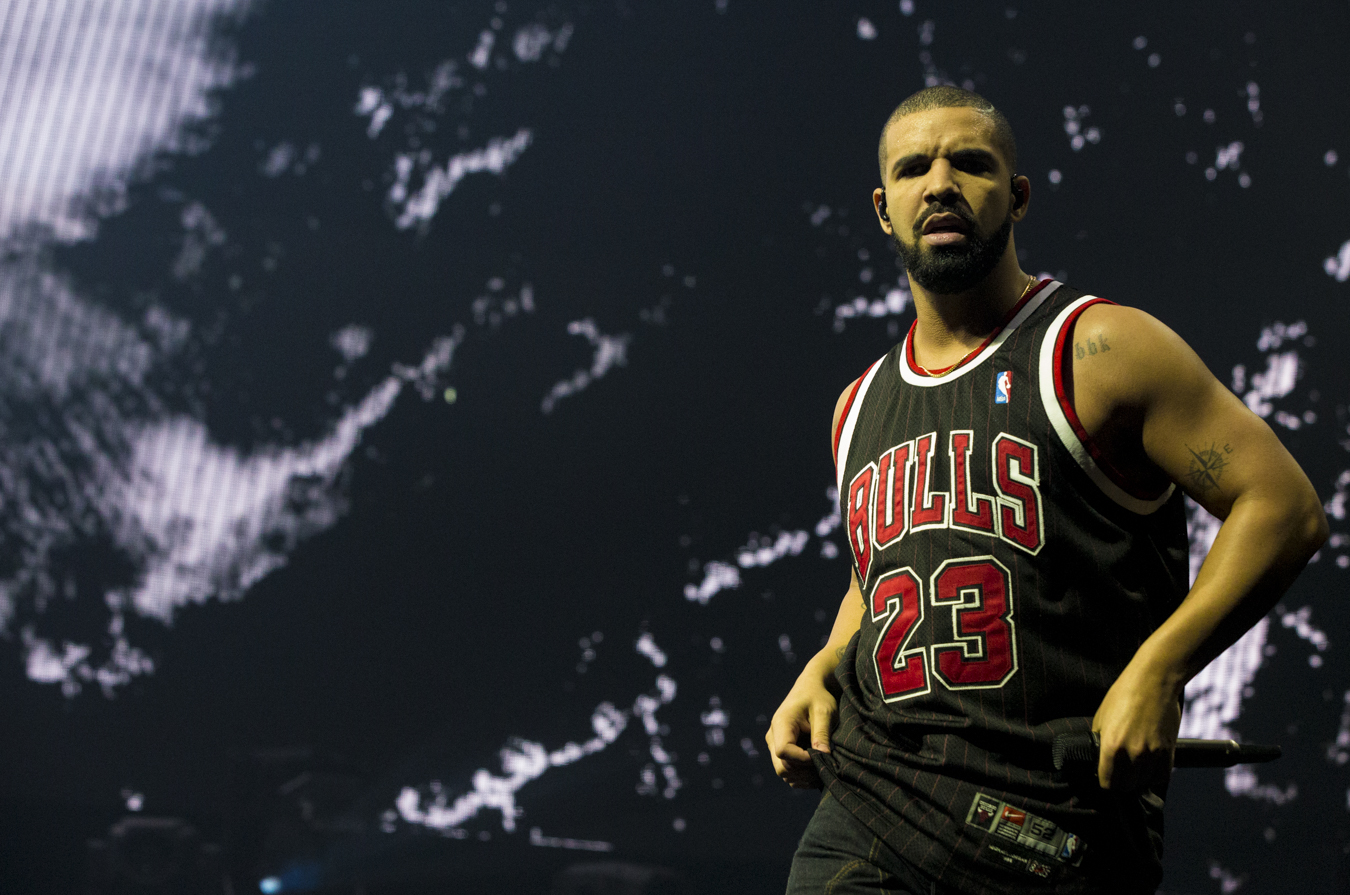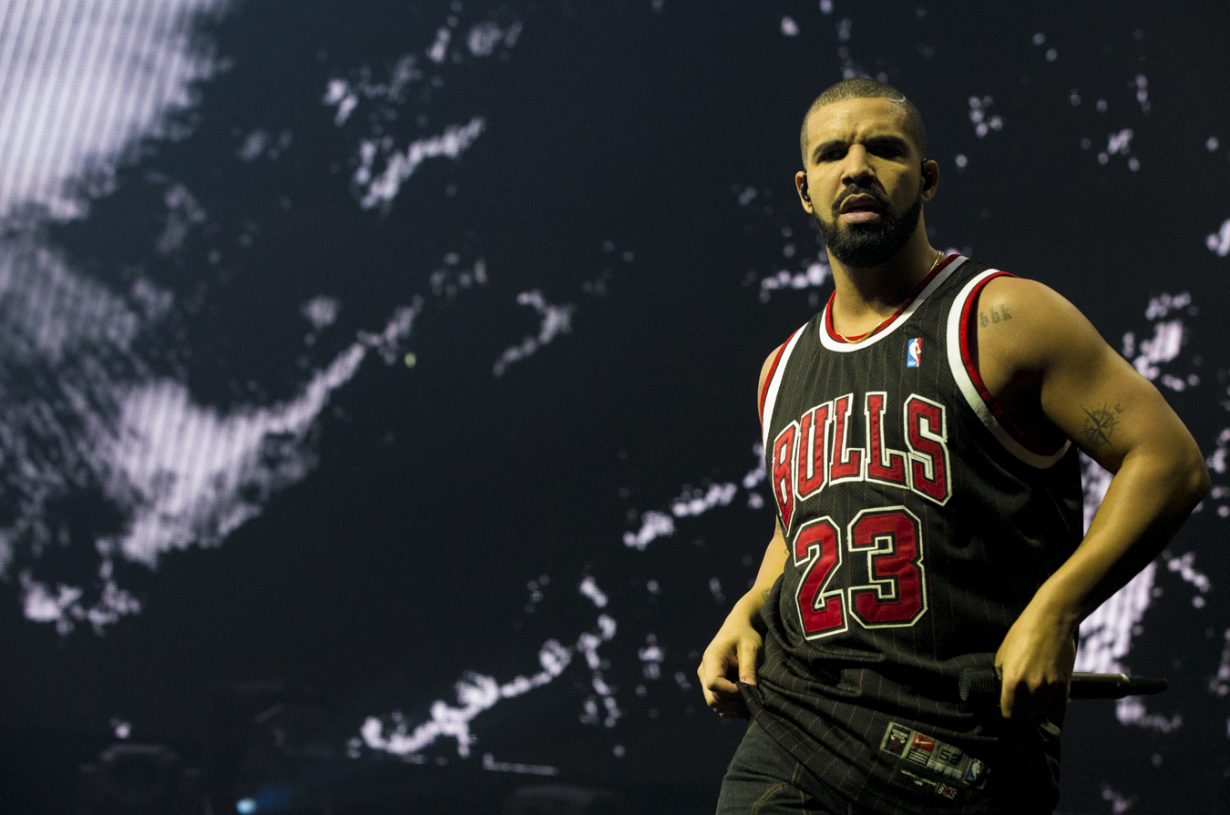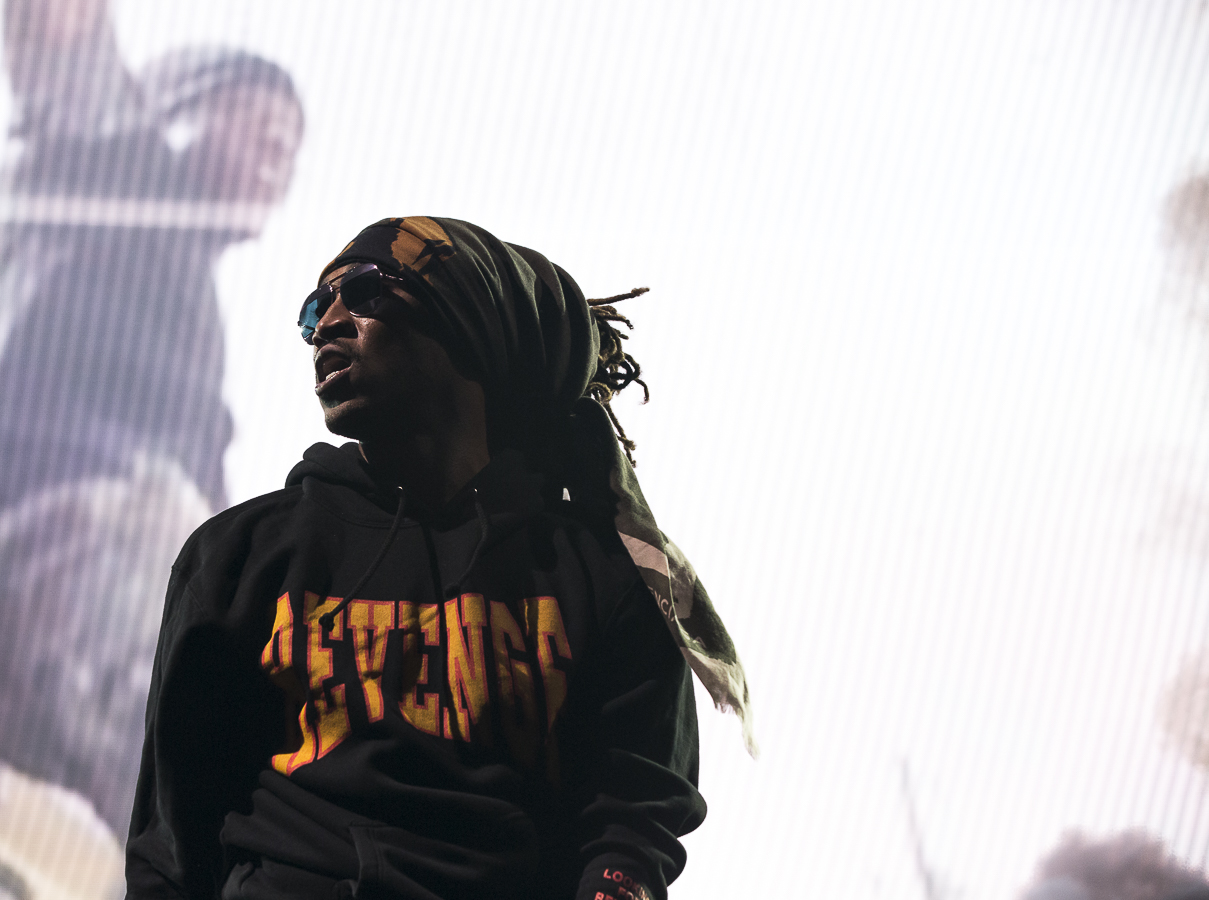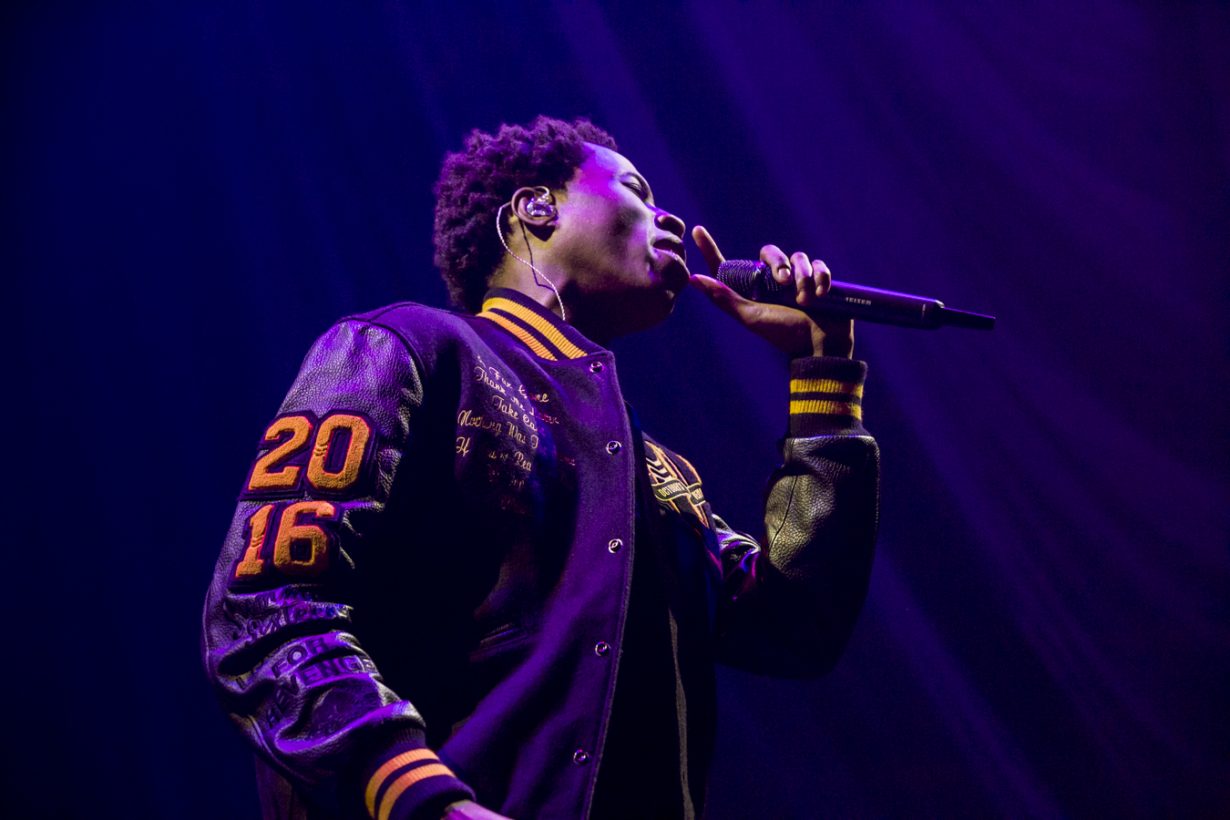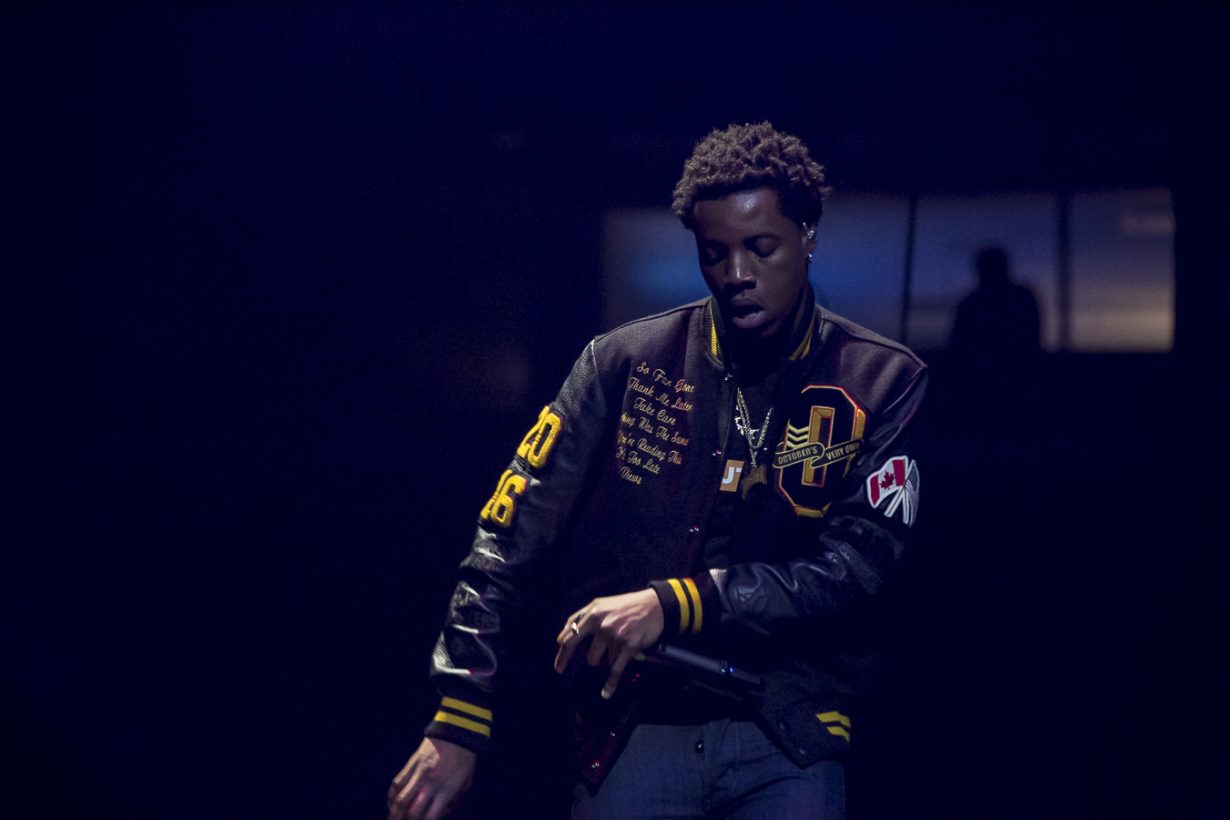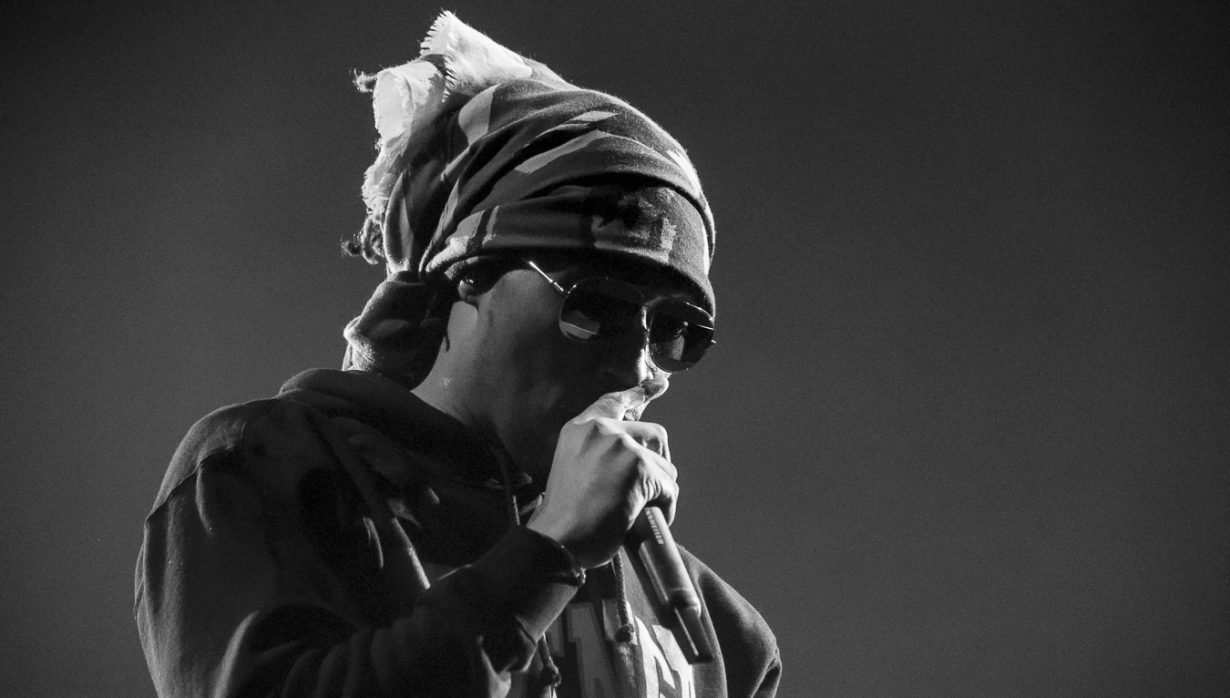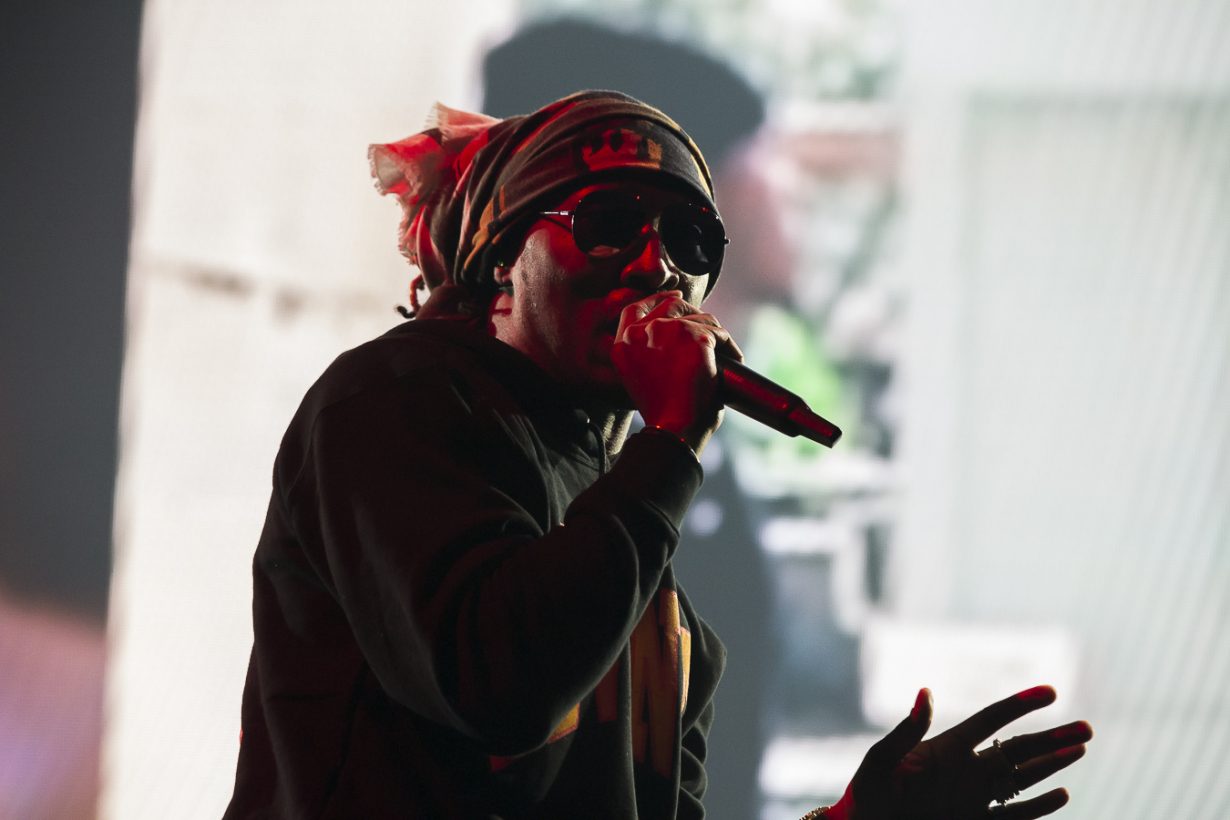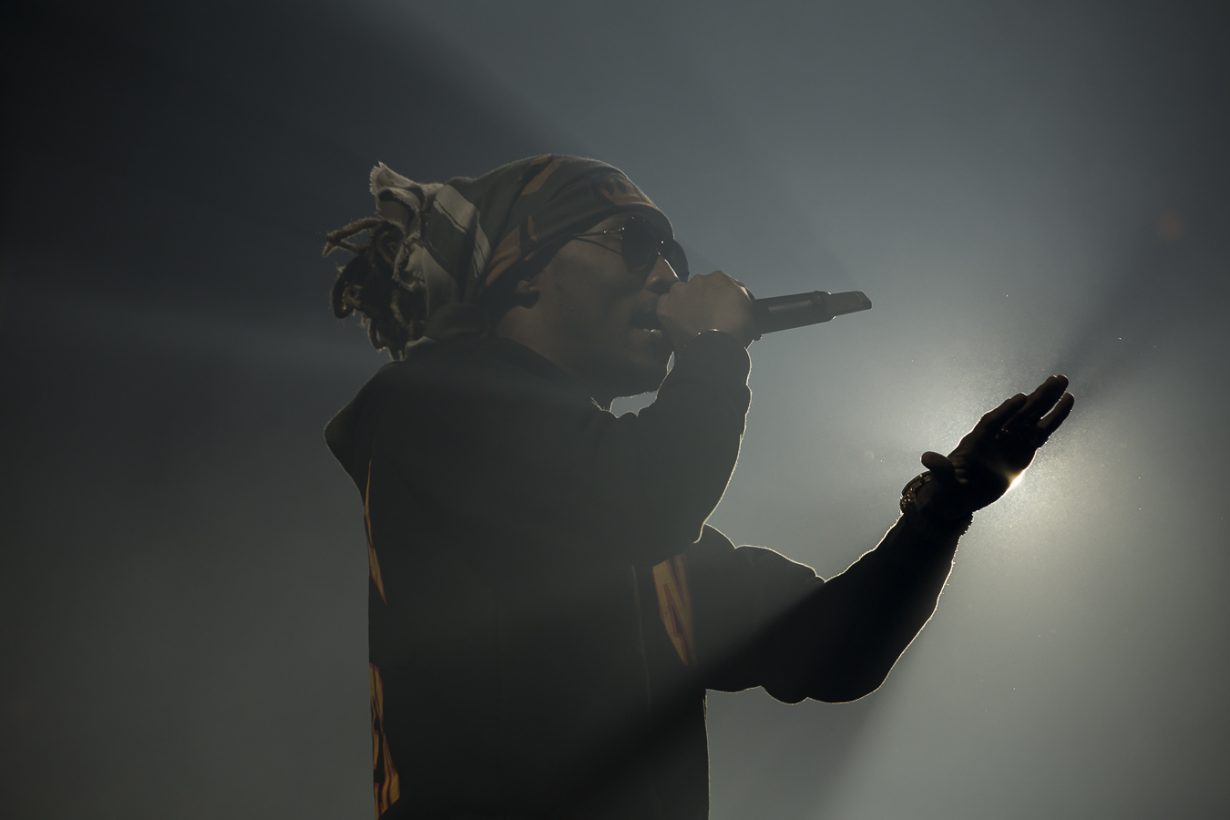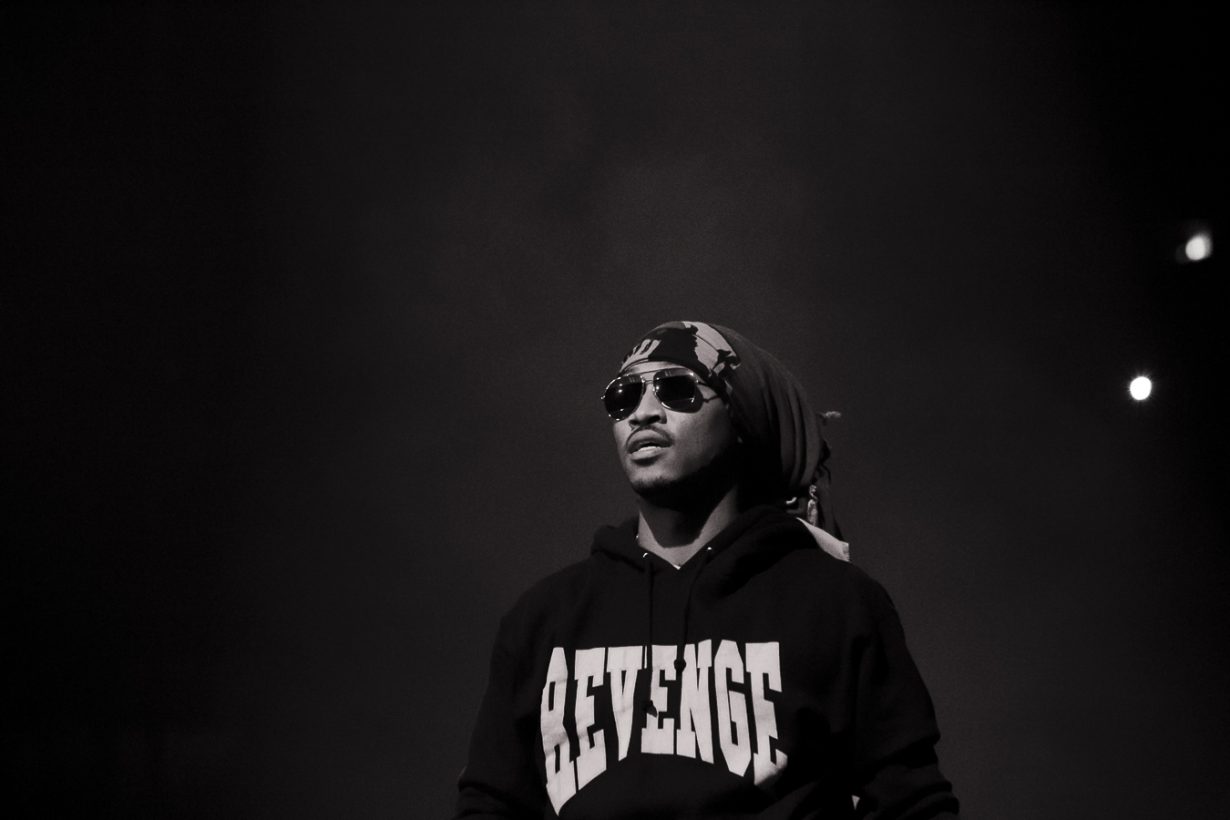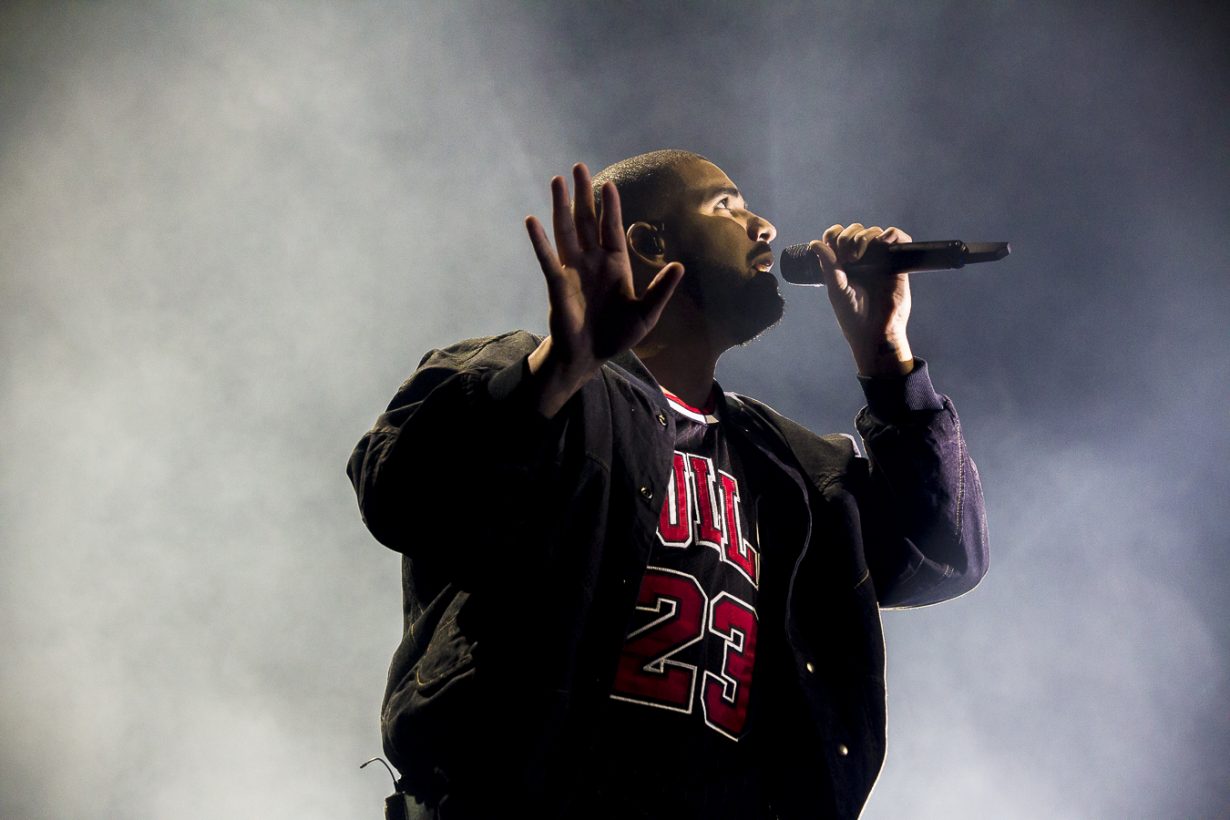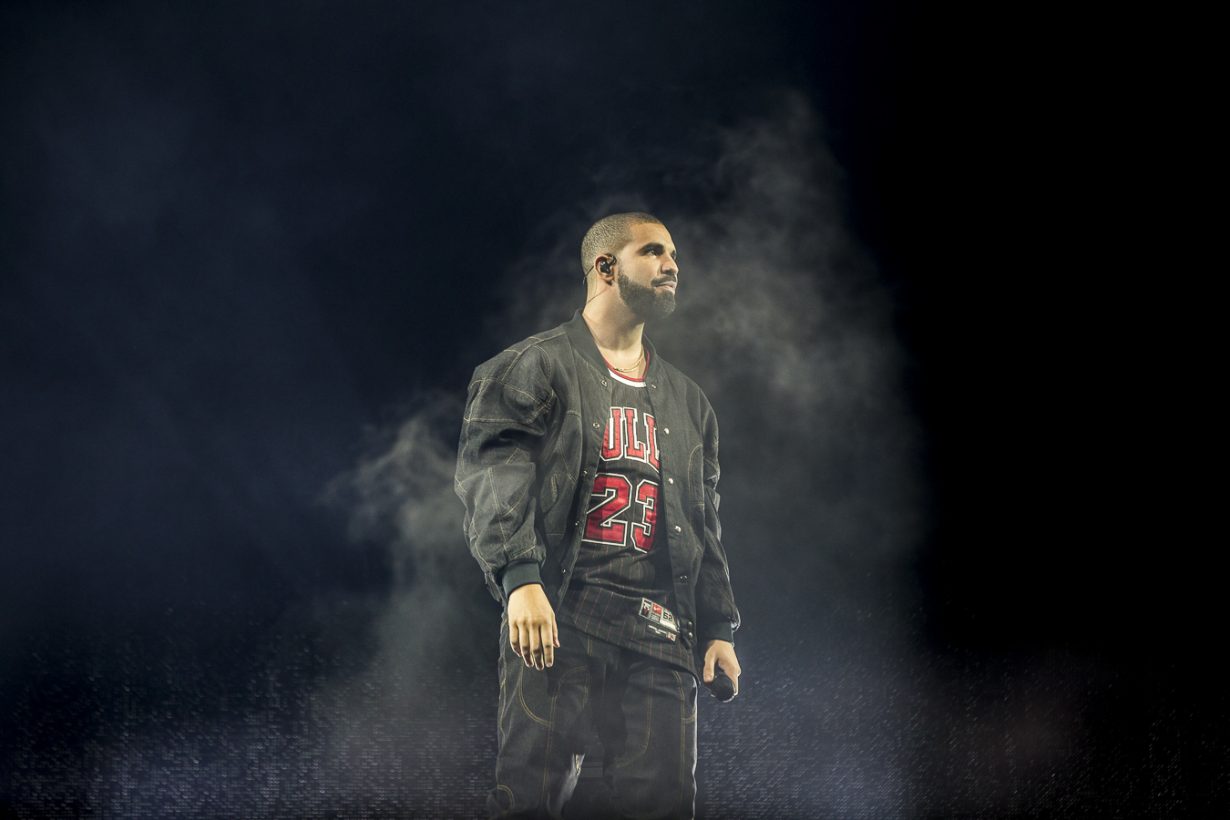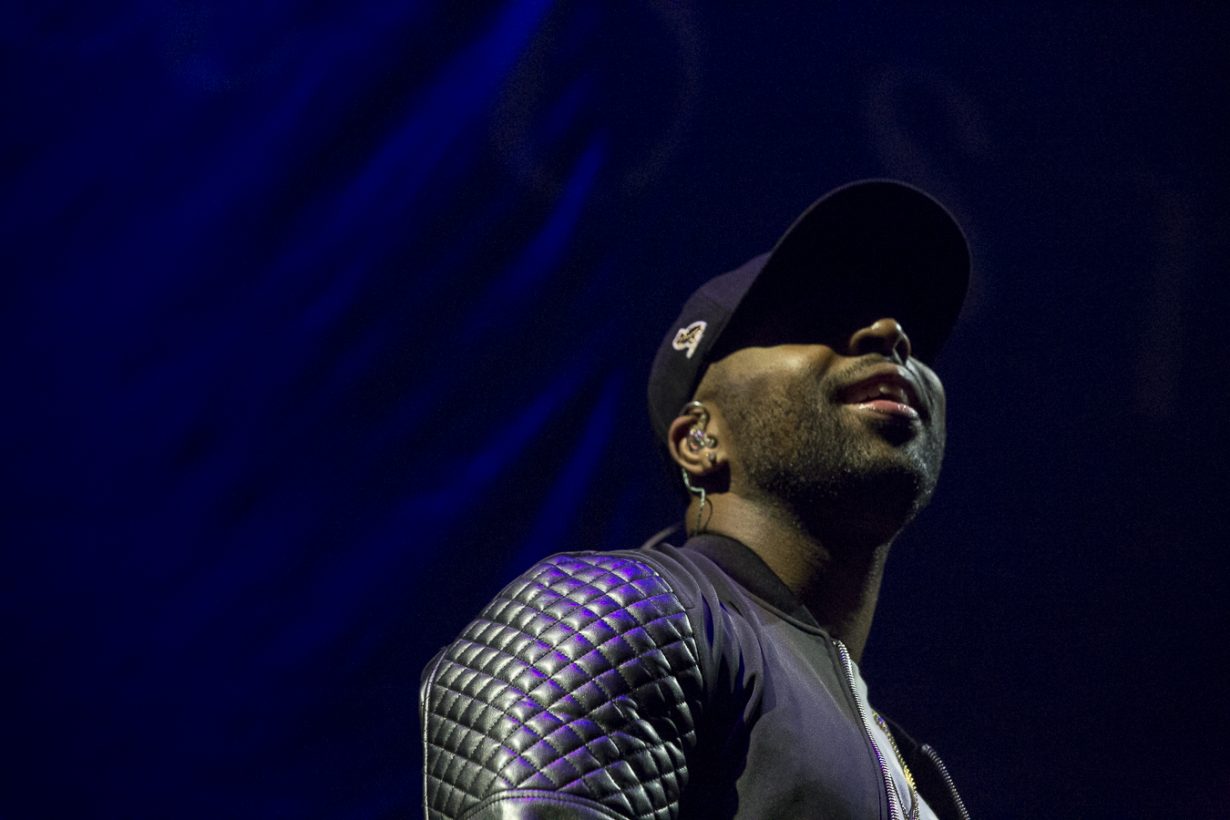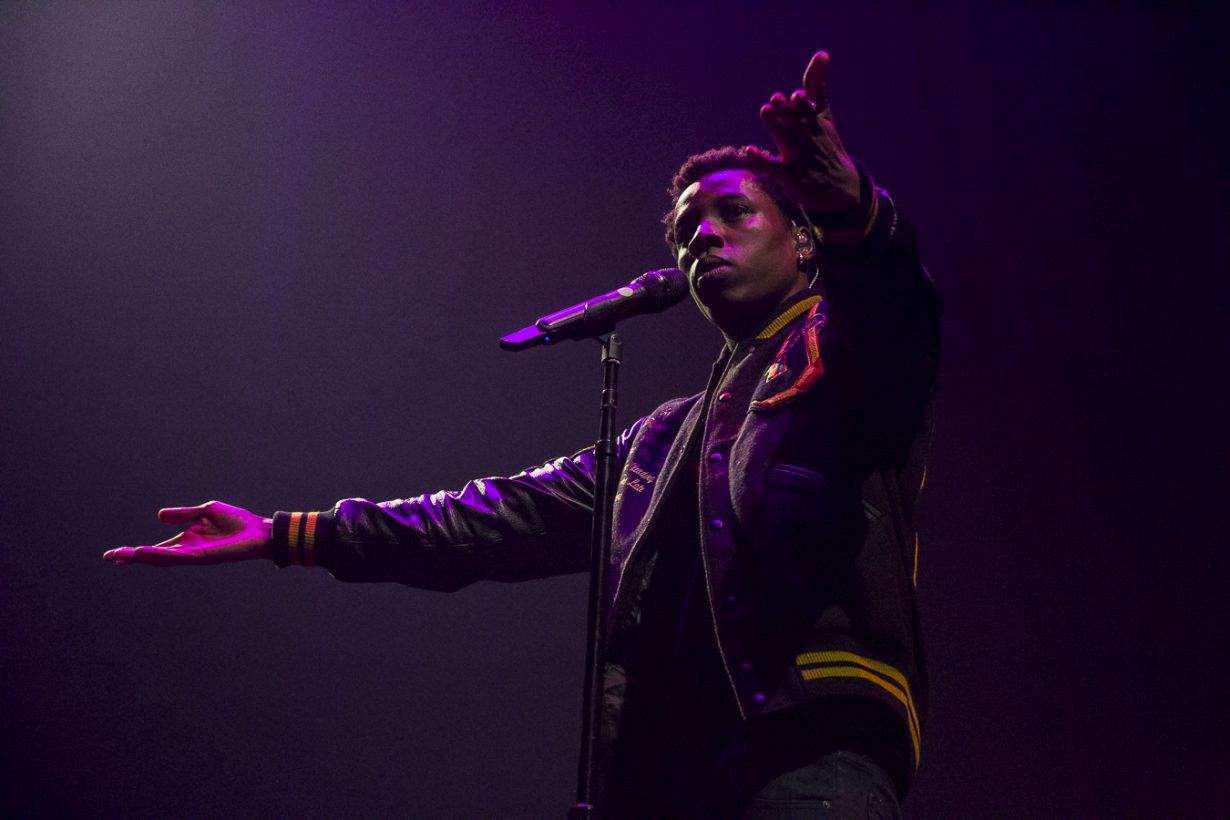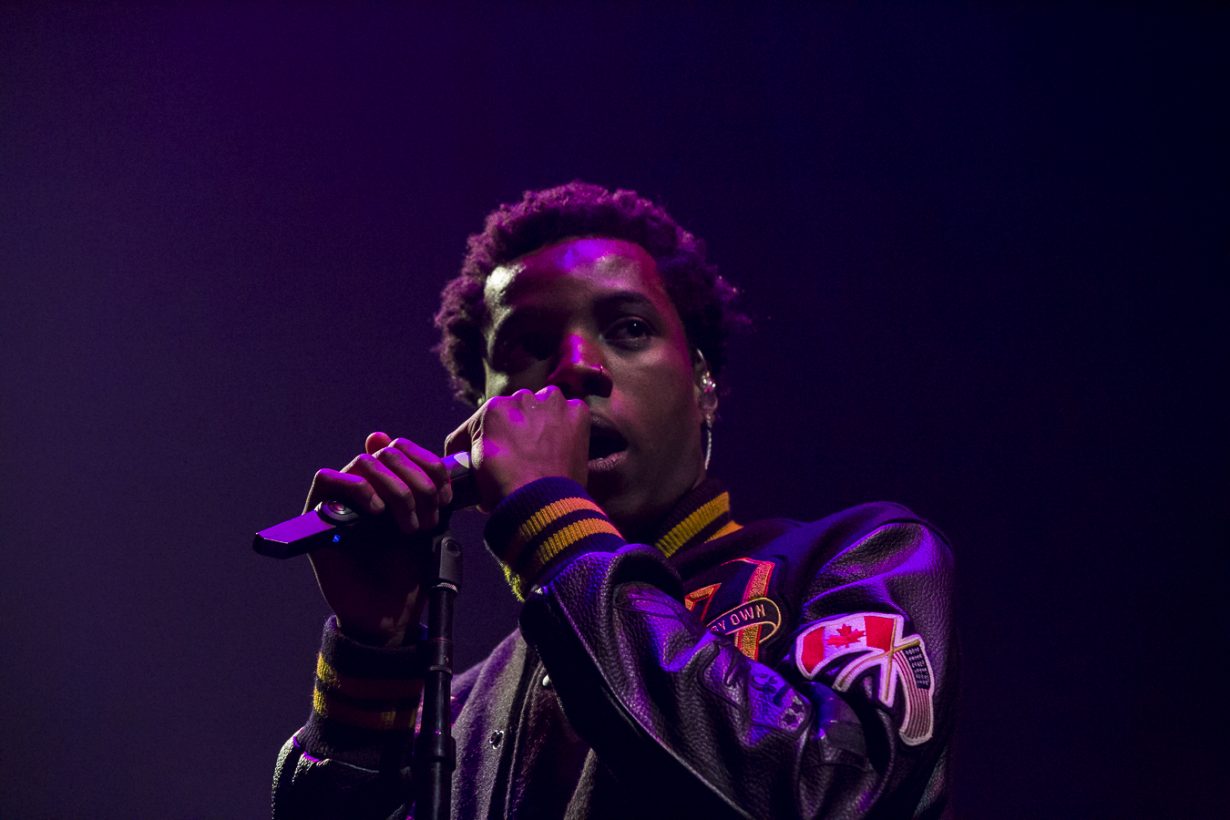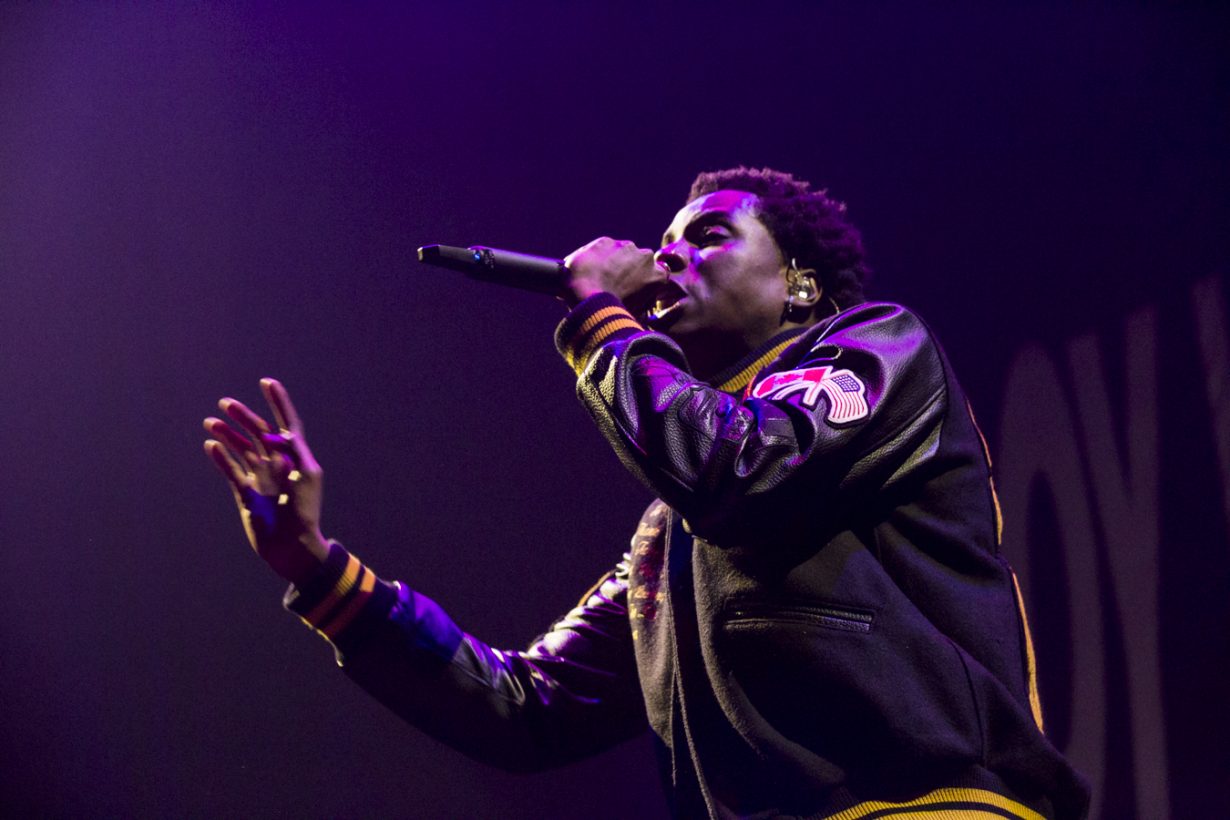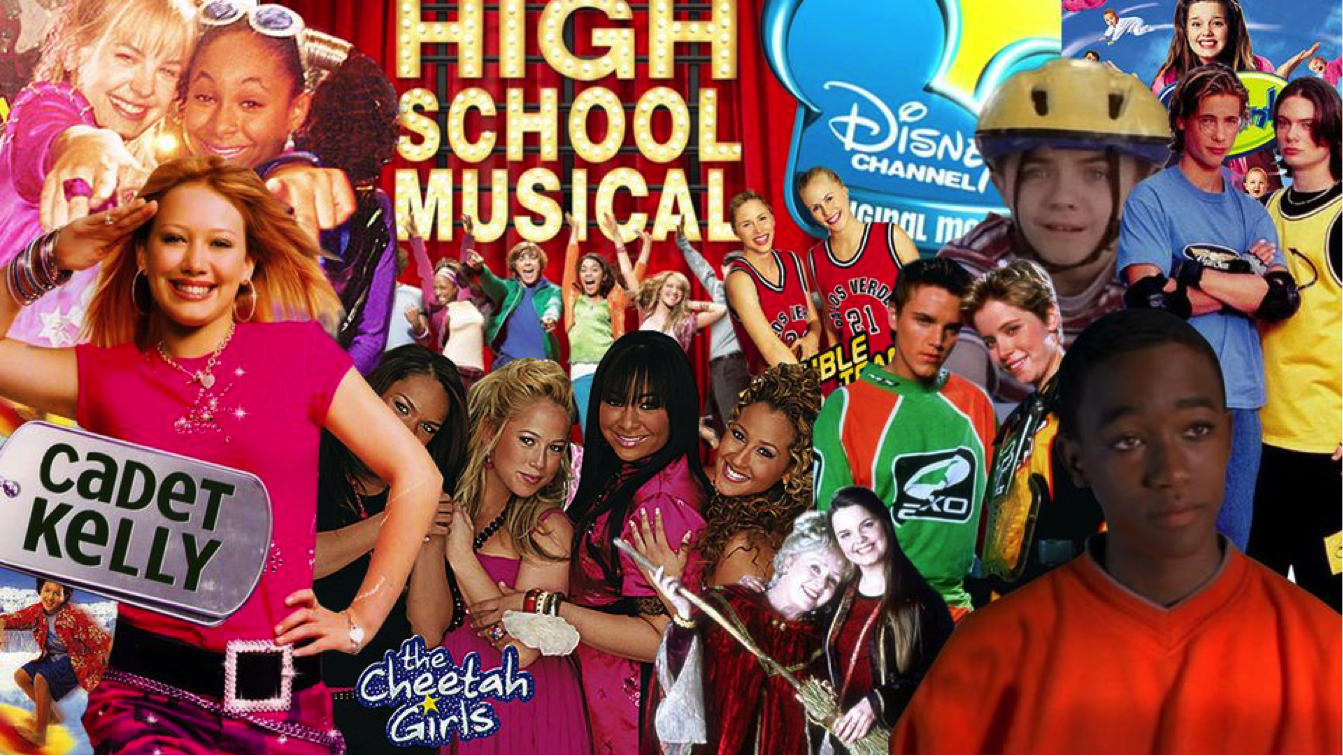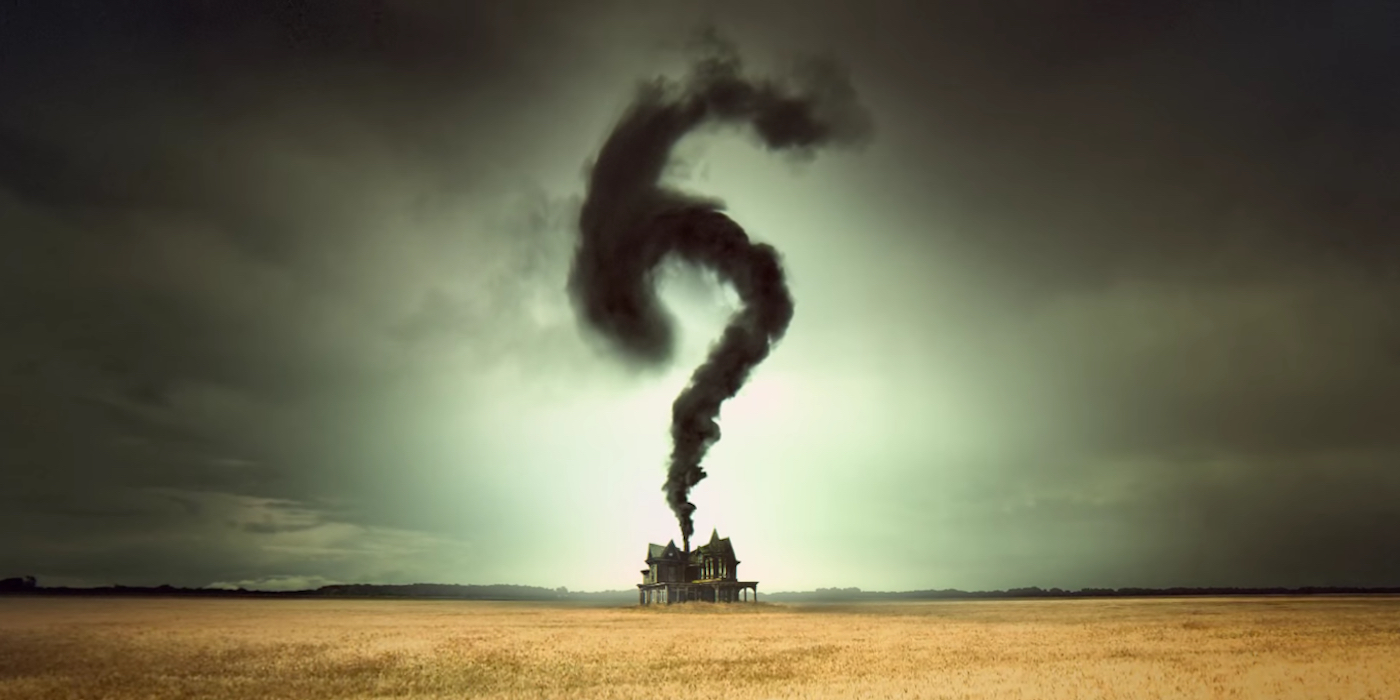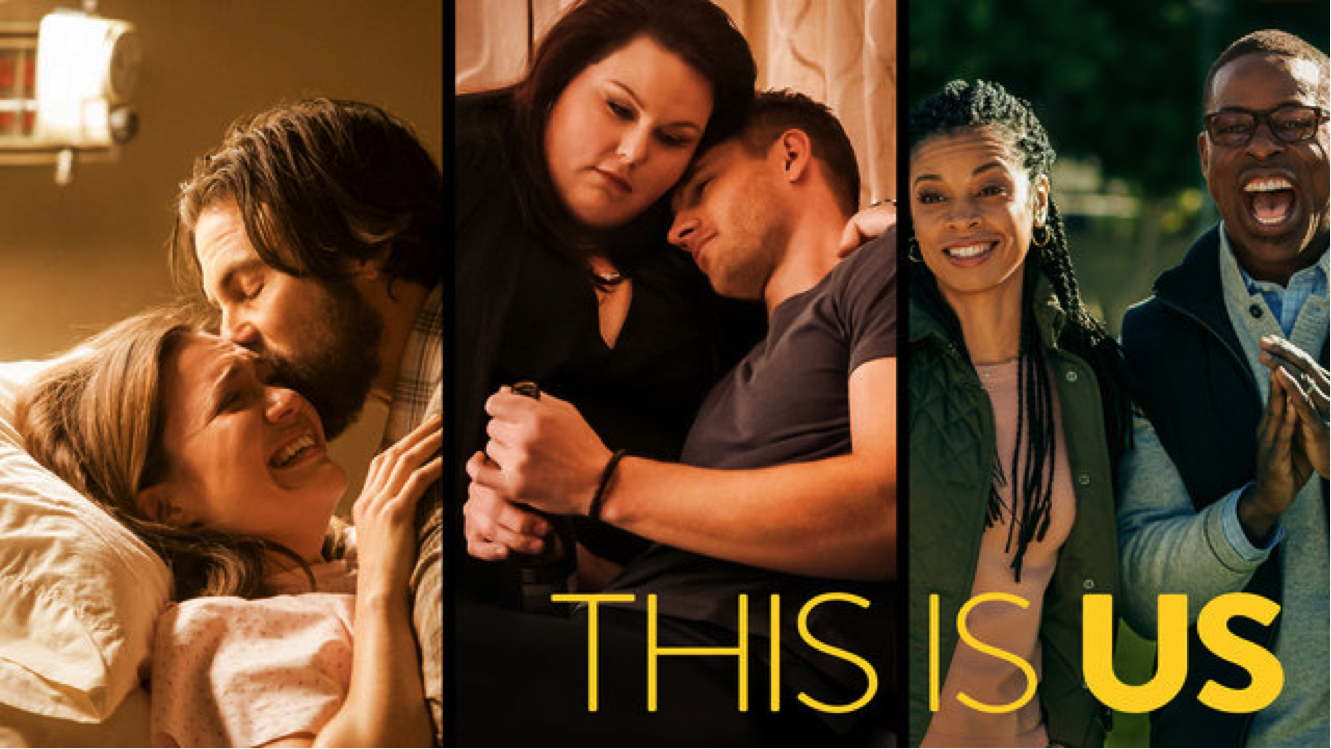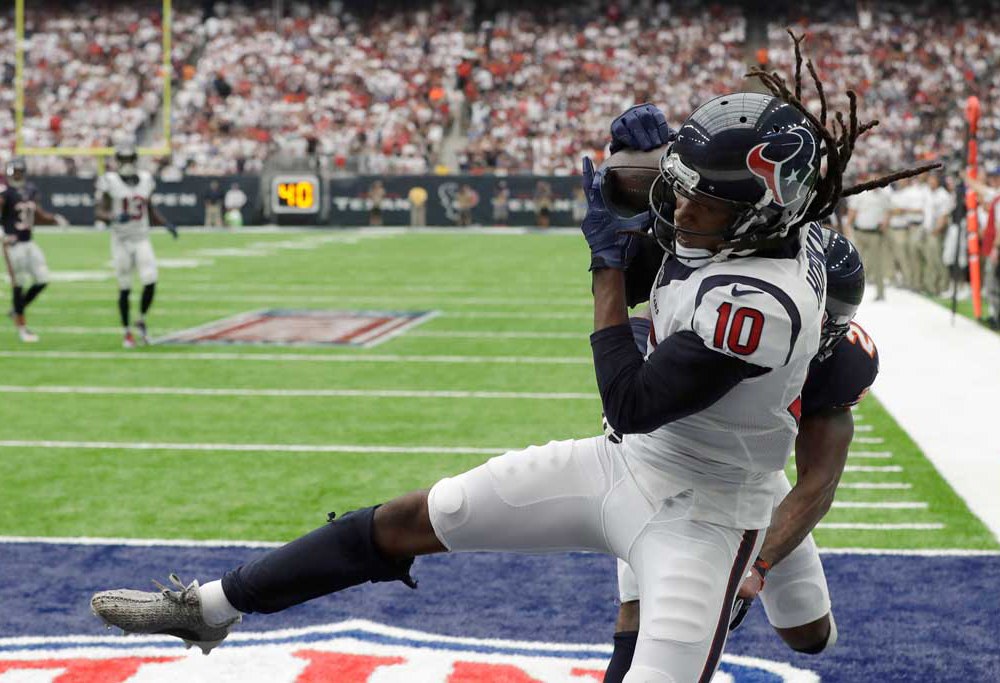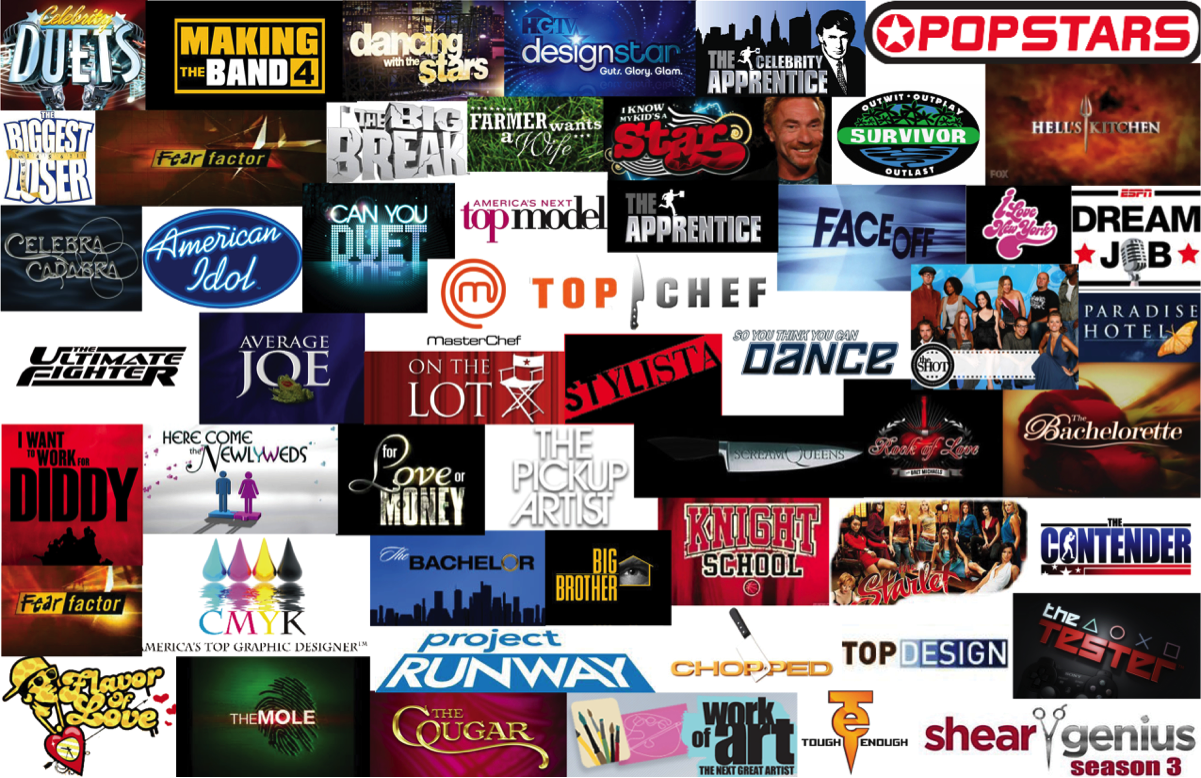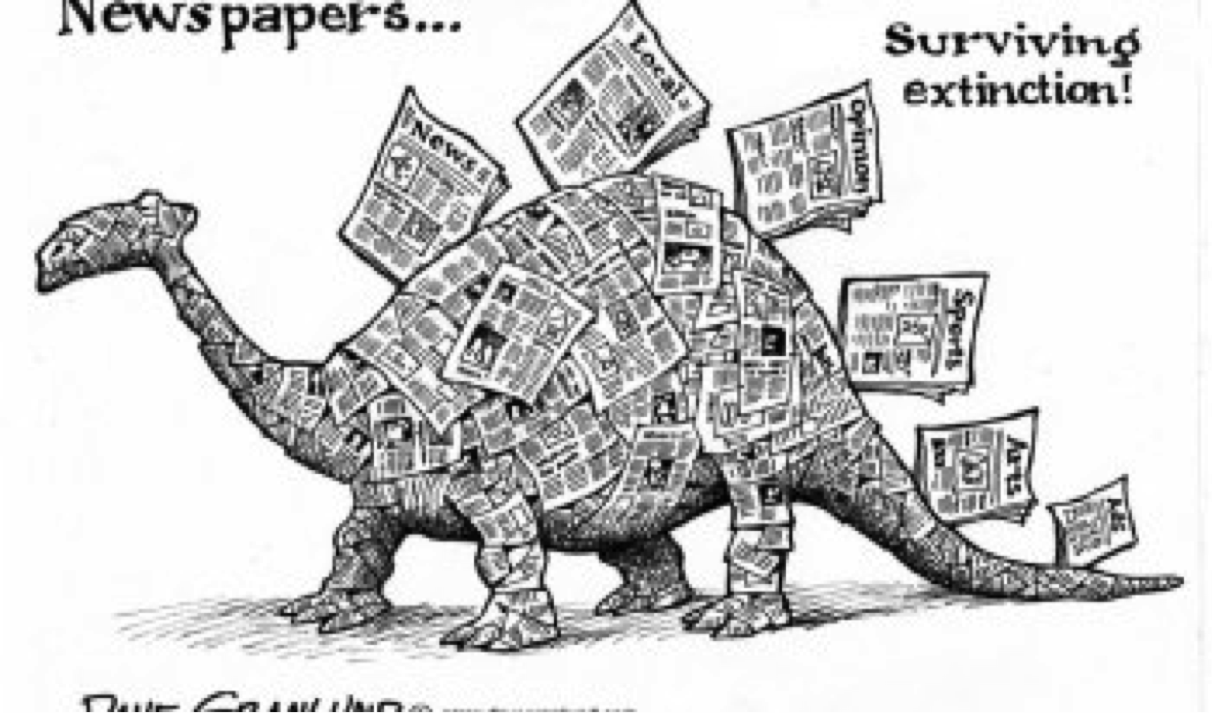Drake's Summer Sixteen tour with Future closes out final night in Chicago
October 6, 2016"Big Rings" (with Future),"With You","Child’s Play","Faithful","Hold On,We're Going Home","The Motto","Right Hand","For Free","My Way","Grammys" (with Future),"0 to 100 / The Catch Up" / "6 God" / "Worst Behavior" / "No Lie" / "Versace" / "Over" / "I'm on One" / "Up All Night" / "Miss Me","Jumpman" (with Future) "Work" / "Too Good" (verses),"Controlla","One Dance","Back to Back","Pop Style","Hype","Know Yourself","Energy",Revenge,Jesus Monteor,summer sixteen,"Started From The Bottom","YOLO",Future,Legend,united center,trophies,Chicago,views,Drake,hotline bling,jesus j. montero,Jesus Montero,Jesus J. Monter,"Still Here","9","Feel No Ways","Headlines","HYFR (Hell Ya Fucking Right)"Reviews,Music
Drake returns to Chicago’s United Center for his Summer Sixteen tour. Co-headlining the tour with Future in collaboration for their mixtape What a Time to Be Alive, United Center hosted one of the best shows of the year.
Drake’s Views broke records this past summer and is still riding high leading into Chicago. Reports surfaced on Drake’s health issues postponing future tour dates. With no signs of health issue Drake took over the stage with his unstoppable performance.
Roaring crowds were met with Drake’s professionally crafted showstopper legendary performance. The show itself was a complete spectacle. A crane operated platform gave Drake the intimate level reaching back and around sports arena. Although a sold out crowd Drake’s high caliber set made the show feel personal.
Future had the crowd in a frenzy with hits from his fourth studio album Evol. Hendrix performance was filled with a lot of energy and hit after hit. Halfway through his set he brought out dancers that turned the United Center upside down. Future dominated the stage teaming up with Drake making a show of hip-hop heavyweights sharing the stage.
Early support from the night saw Canadian rappers Roy Woods and Dvsn. This was the third time Drake and Future’s Summer Sixteen tour returned to Chicago this year only. Here’s hoping for more come 2017.
Let’s relive so of the best moments of Drake + Future’s Summer Sixteen Chicago stop.
Set list
- "Summer Sixteen"
- "Still Here"
- "Started from the Bottom"
- "9"
- "Feel No Ways"
- "Headlines"
- "Trophies"
- "HYFR (Hell Ya Fucking Right)"
- "0 to 100 / The Catch Up" / "6 God" / "Worst Behavior" / "No Lie" / "Versace" / "Over" / "I'm on One" / "Up All Night" / "Miss Me"
- "With You"
- "Child’s Play"
- "Faithful"
- "Hotline Bling"
- "Hold On, We're Going Home"
- "The Motto"
- "Right Hand"
- "For Free"
- "My Way"
- "Grammys" (with Future)
- "Big Rings" (with Future)
- "Jumpman" (with Future)
- "Work" / "Too Good" (verses)
- "Controlla"
- "One Dance"
- "Back to Back"
- "Pop Style"
- "Hype"
- "Know Yourself"
- "Energy"
- "Legend"
Disney Channel Original Movies: Have They Changed?
October 4, 2016Love,Family,Support,Disney Channel Original Movies,DCOMS,Friendship,Teamwork,Female PowerFilm,Editorials
Being a kid in the 90s and watching disney channel at least 50% of the time, I also grew up loving disney channel original movies. So obviously, I started to binge watch as many dcoms as I could when I noticed they were on demand. Here’s a list of the top 6 Disney Channel Original Movies worth mentioning:
- Zenon (1999) (6.4 rating) —> A young girl takes on the task of saving her home and community in outer space with the help of her friends and family.
- The Color of Friendship (2000) (7.4 rating) —> This dcom discusses the impacts of environment, race and culture on relationships and how a child's sense of morality and friendship is not confined by where you come from or the color of your skin.
- Motocrossed (2001) (6.8 rating) —> This movie focuses on female strength and that a girl/woman can succeeding in anything they put their minds to, especially with the strength and support of friends and family.
- Tru Confessions (2002) (7.8 rating) —> This dcom highlights something much more important than a child with disabilities. Tru Confessions shows what the support of family really means and that disabilities don’t define you. To Tru and her parents, her brother Eddie is a brother, a son, and a friend first and foremost.
- Jumping Ship (2001) (6.3 rating) —> This movie shows how three individuals, despite their differences, can work together to survive and create strong friendships with one another. Although this movie contains a lower rating, this was my favorite dcom growing up as a kid.
- Double Teamed (2002) (6.2 rating)—> This movie shows the value of teamwork and sisterhood, and sportsmanship. It also highlights that everyone is an individual and everyone is different, even twins.
Imagine, for those who grew up with these movies, watching disney channel original movies for the first time as adults. Our admiration and loyalty for some of these disney films probably wouldn’t be as strong.
As a kid, these movies were pure entertainment. But the life lessons buried within these movies also helped to inform us. It provided us kids with strong examples of morality in family and friendship.
This brings into question whether disney channel original movies were better 20 years ago compared to today, which seem cheap or cheesy to me now. Somehow, dcoms today seem to pale in comparison; that they are not the same level of quality as dcoms of the late 90s/early 2000s. However, could this just be because as adults, we view these kids movies differently now; rather than our innocent, undeveloped child brain would.
According to IMDB the majority of dcoms, both new and old, contain ratings ranging between a 5.5 and a 7.5; this would be deemed on the lower side of average. But again, this system of rating by adults goes back to the same concept. Watching these movies as adults takes on a completely different perspective of Disney Channel Original Movies compared to the child adoration of these movies. Watching dcoms at a young age impacts both the kid watching these films; as well as a nostalgic adult remembering the young fondness for Disney Channel Original Movies.
American Horror Story Season 6 Poorly Executed
September 27, 2016American Horror Story,Season 6,Roanoke,Documentary Style,Telling vs ShowingTV,Reviews
The new season of American Horror Story focuses on a Roanoke Theme. While an interesting plot concept, the execution of this season’s formatting and how the story is told is overbearing.
The story opens with characters in present day, speaking in front of a camera crew about their experience in the "roanoke” house. The set up of this story's structure seems planned out, a little too easily planned out. From the beginning, the characters are telling and recounting the scary events that happened to them, rather than showing these events. This idea appears out of the ordinary of the show's structure over the past 5 seasons.
[youtube id="3KUjpSNDlY4"]
The first 5 seasons of AHS showed, sometimes in disturbing detail, what the story was about in real time. It depicted the characters’ relationships with one another and their character arcs; it also showed their emotional journeys on their own and in relation to other characters. The psychological adventures that each season put the viewers through allowed us to have a detailed view of each story line; a story of what it looked like to be in the murder house, an insane asylum, in a coven, at a “freak" show in a circus, and in a (haunted) hotel. This was accomplished by characters through showing instead of telling the audience.
The beginning of season 6 narrates what happened to the victims of the roanoke house, followed by showing; which is a jarring idea. The episode flips back and forth between actress Lily Rabe and Sarah Paulson; both supposedly play the character of Shelby Miller. When I noticed this was also the case for the two male actors that played the roll of Matt, I made the connection. Like in most documentaries, stories are depicted by the retelling of what happened from the first person point of view and shown through actors reenacting these true life stories. However, in this case, it is confusing.
Usually, when re-telling a story in a documentary, it alternates between the retelling of these stories by the people that lived through them; this is supplemented in documentaries by short snippets of flashback scenes with actors who play the real life victims. However, these scenes of flashback using actors seemed overly real and detailed, compared to real documentaries. There was no need for both the interviewing of the “true life” survivors and the actors who showed this story. Considering that this is a television series, it seemed excessive here.
Showing these scenarios that make up the story using one set of characters would have been powerful enough to carry the story. It also could've refrained from confusing the audience/viewer.
There was a slow, natural progression of strange event leading up to attack on Shelby’s life, which was well planned. However, right after the attack occurred, the next moment cut to Matt narrating the scene; Matt (the actor) arrives home with police surrounding his house after Shelby’s attack. This then cuts to the aftermath, which also seems like an easy out. Their was a choice between showing how the attack unfolded or easily moving the story into the next scene. The route that is taken neglects Shelby’s thoughts and reactions after she had just been assaulted; it seems as if it were easier for the writer/s to cut to Matt’s reaction. This fails to allow Shelby to assess what just happened to herself.
Half way through the episode, Lee (Matt’s sister) enters the picture. This seems like a normal act, considering Lee is a cop and Matt wants Shelby to be protected. Yet, the flash of scenes showing Lee’s life events over the narrator’s voice, again, seemed too easy. Instead of showing a progression of these details throughout the story line, the writer gives them up too quickly. The scene focusing on Lee abruptly dives into Lee’s story, taking the viewer out of the current story at hand. It disrupts the flow of the story line. This, in turn, extinguishes the build-up and lowers the possible climax the story could have.
In this case, the documentary style of telling a story in past and present in a television show also spoils the ultimate question: the question of whether the character/s is going to live or die during the course of the episode or series. The fact that these characters are alive to re-tell their story means that we, the audience, know they will survive. No matter the actions taken by the perpetrator/s throughout the story line, they will live.
Showing these character arcs are during scenes of action and dialogue is essential and strengthens the story; instead of weakening the story by the simple re-telling of what happened. This plot line had the potential to be powerful standing on its own, without the addition of narration and retelling. All of the details that were told to us, the audience, could have easily been manufactured into scenes that shows what the characters thought and felt.
Overall, while the plot of the Roanoke theme is well formulated and even well executed in scenes, the re-telling of these events in a documentary-styled fashion draws the viewer out of the story and spoils a large piece of the story as well.
"This Is Us" Premiere Review (WARNING: Spoilers)
September 23, 2016Love,Family,This Is Us,Support,Strength,Hope,Courage,Forgiveness,This Is LifeTV,Reviews
The television series This Is Us, shows 4 individuals that are born on the same day, celebrating their 36th birthdays. The story starts out and centers around 5 individuals: Jack, Rebecca, Kate, Kevin, and Randall.
[youtube id="rfUiKg28r_M"]
A couple of these individual's lives intersect directly with each other at first glance. Although they are all at the same age, they are facing different battles at 36. Jack and Rebecca are a married couple that are expecting triplets. Kate is an assistant and is struggling with food while attending an overweight support group. Kate’s brother, Kevin, is at a crossroads in his career; he doesn’t feel his current role as an actor is filling up to his career potential. Randall has established a family of his own, with a wife, 2 daughters, and adoptive parents. Yet, he feels he needs to find where he came from and is searching for his birth father.
All of these lives that are seemingly interconnected stories comes together in the end. It is revealed to the audience that they all belong to one family; Jack and Rebecca are the parents, Kate and Kevin are their biological children that survived the pregnancy, and Randall is the third adopted child.
Towards the end of the episode, when Kate is making this revelation, she repeats a quote from her father. “Do you remember what dad would say when ever something crappy happened to us?” Kate asked Kevin. There is emphasis here on the word US, both as triplets and as a family as a whole.
During the flashback to 1979, the delivery doctor breaks the news to Jack about his and Rebecca’s third child. But the doctor also shines profound light on the situation, based on his own past experiences. “There’s no lemons so sour that you can’t make something resembling lemonade,” the doctor says. This not only sets a hopeful tone. It also allows the character facing the situation to visualize this concept through the actions that they take. An example of this is shown through Jack and Rebecca by taking home 3 children that day. This goes back to what the doctor said when he first told Jack that only 2 children survived. “If you can take the sourest lemon that life has to offer and turn it into lemonade; then you will still be taking three babies home from this hospital. Maybe not the way you planned,” the doctor says.
Jack and Rebecca accept their role of being parents of three children. Even if the situation isn't what they anticipated. This action proves that family is stronger than biology. Family is support and unconditional love for one another. Interconnecting stories of “strangers” connects into a single family dynamic, with various character arcs and paths running through them. This provides room for the story to open up. It also allows us to see these individuals in a new light. It allows the audience to see the connection the characters have with one another in the past, present, and future settings. This is life.
NFL Players Banned From Wearing Yeezy Cleats
September 20, 2016Kanye West,nfl,DeAndre Hopkins,Yeezy 350Culture,News
Just a week after Adidas introduced the Yeezy Boost cleat, they have been banned from the NFL. The league announced that the cleats violated their dress policy, citing a rule that cleats must be "one dominant base color". They then sent DeAndre Hopkins a $6,000 fine for wearing a pair in the Texans week 1 win over the Bears. This controversy has drawn plenty of comparison to the infamous "banned" black and red Jordan 1s.
https://www.instagram.com/p/BKItc9EA5eY/?taken-by=deandrehopkins&hl=en
This couldn't be better PR for Kanye West, especially after DeAndre Hopkins announced he would wear the Yeezy cleats again "if Kanye agrees to pay the fine". For West, $6,000 is a steal for this kind of exposure compared to traditional advertising. Adrian Peterson and Von Miller also received their own pairs of Yeezy cleats which they shared on twitter, but opted not to wear them during their games. Kanye could also just release them in a solid color, making them perfectly legal. Baseball will be the next sport to get Yeezy cleats, the Pittsburgh Pirates Andrew McCutchen has already expressed his desire for a pair.
Officially released on September 15th, the Yeezy "Turtle Dove" 350 cleats retail for $250, and sold out immediately.
https://twitter.com/adidasoriginals/status/775801264747737089
Riot Fest 2016 Review
September 20, 2016hip hop,indie rock,Indie,Punk Rock,Riot Fest,Chicago,Ska,Fucked Up,The Specials,Dan DeaconMusic,Reviews
Photos by J. Frank
Riot Fest 2016 returned to Douglas Park and definitively proved why it's the best summer music festival in the city. Together with Ruby Hornet veteran photographer J. Frank, we conquered through a near-dozen acts at this year's Riot Fest. Check out the some of J. Frank's best photos over the next few pages!
Reality TV Shows "Real" or Scripted?
September 17, 2016MTV,Reality TV,Scripted,Staged,"Real",Dating Shows,Competitions Show,Family Drama Shows,Big Brother,The Bachelor,Keeping Up With the KardashiansTV,Editorials
Why do we love to hate reality television? For the millennial generation, there seems to be an obsession with reality tv because this type of content is expanding largely; this increase includes a wide variety, ranging from competition to dating to family life drama. According to the Washington Post, there are currently over 300 reality television shows.
For decades, television games shows have made up the genre known as reality television. However, that genre would soon expand tenfold into a completely new concept of reality tv. The first reality television show began in 1970, titled “An American Family.” The show followed a family of 7, known as the Loud family. It chronicled their lives over a seven month period.
During the 1990s, MTV began its transition out of a strictly music video world of the 1980s and into reality television. Such shows include The Real World (1992) and The Challenge (1998), which are still on the air. This trend continued to increased drastically in the early 2000s. MTV was constantly creating new reality television shows during this time; from the Newlyweds: Nick and Jessica (2003), Laguna Beach (2004) and its spin-off The Hills (2006), My Super Sweet 16 (2005), and the list continues.
I remember watching so many of these shows when I was in high school. Partly if I had nothing else to do on a Saturday. Mostly because these programs were the majority of the content that aired on MTV. Whereas today, there is more of a selection with choosing what you want to watch from your computer; with programs like Netflix, Hulu, and network companies online sites that give you access to choose a show.
Yet, reality television still maintains its place as a preferred television genre today among the younger generations. Lets take a look at the numbers.
According to August 2015 records from statistic.com, the genre of reality/competition television programs ranked second most popular among the age group of 18 to 35 year olds. Deadline.com reported that Keeping Up With the Kardashians had increased in viewership from season 11. The Kardashians raked in a total of 3.2 million viewers during the season 12 premiere.
Tvline.com reported that in May 2016, The Bachelor ranked number 4 in the top reality show category, with a demographic of those ages 18 to 49. The Bachelor brought in 3 million viewers in its last season. Big Brother kicked off the season 18 premiere with 6.1 million viewers. Yet, despite this large viewership, tvline.com reported that this outcome was a 13% decrease from Big Brother season 17 premiere.
But how much of this is actually true. Does any or the majority of reality tv content use a type of script? In an article by bustle.com, Whitney Port of The Hills tv show reported to US Weekly in an interview that the show was not scripted. Yet, Port did confess that the production team did influence the cast to be more dramatic in certain situations. Port’s co-star, Kristin Cavallari, had a different opinion from her time on The Hills. Cavallari reported in a 2013 interview that the production team did influence what the cast said. “We never got an actual script, but they would text us what to say,” she stated.
The 2007 popular reality show Keeping Up With the Kardashians, has also faced allegations of some scripted and staged material. In an article posted by business insider, blogger Mariah Smith analyzes each episode of Keeping Up with the Kardashians to a painstakingly, meticulous degree. Smith matches the shows episodes with the Kardashians’ Instagram accounts in order to tell how scenes of Keeping Up With the Kardashians may be out of order and somewhat false.
What do you think? Are reality television shows completely staged and scripted, or “real”? Maybe these reality shows have some implements of scripted material and staged actions to them. Could this result be for the sake of what people in the television business view as entertainment? Let us know what you think in the comment section below.
Online Publication and The Newspaper Industry
September 11, 2016Blogs,Newspaper Industry,Online Publication,Online Media,Online Newspapers,Shift in MediaCulture,Editorials
Over the last 70 years, the ways in which we are informed about news and current events has changed drastically. With the invention of the television and the computer, how we are informed is also changing. Now, we spread information through the internet, a wildfire of tweets and shared blog posts and videos. Even the majority of well-known newspapers like the New York Time, the Chicago Tribune, and the L.A Times have all created websites that display their online articles.
In this world in which we are apart of and the societies in which we make up, there is knowledge all around us. This access to knowledge is growing tenfold with all of the material and tools we have at our finger tips.
However, it is essential for any and all publications to establish one major concept: credibility. Credibility is trusting what the reader is saying because they have established a sense of credibility with their audience. This is shown through using personal experiences, providing links to reputable sites, and refraining from the use of Wikipedia. These are just a few small examples of how to establish a writer as trustworthy in the online community.
Based on my own current experience from working in both an online publication as well as the newspaper industry, there will always be pros and cons to each side that the other side lacks. In the newspaper industry, local newspapers hold great value in the strong, personal relationship between the newspaper and the reader. You have a better sense of who is reading these articles because they're your family, your friends, and your neighbors. And there’s a comfort in that.
The first United States newspaper, the Boston News Letter, originated on April 24, 1704. This piece of media not only discusses events in history, it is history.
Although you can share articles with this same familial audience, there’s a crucial difference. The world of online publication is a two-way, communicative street. And as a writer, that can be intimidating. Complete strangers have the power to verbally abuse you, and many act on that capability.
Yet, there’s also a large sense of freedom in writing online. Self-starting, entrepreneurial bloggers do not have expectations to stay within a company’s tone or set material topics. They are their own company, their own brand. They are the creators.
Even the concept on online publication has a wider scope of freedom; publications in different topics of interest exist, from music to online magazines to home and lifestyle blogs. It’s an expansion of the newspaper, providing readers with a large variety and quantity of subjects and issues to dive into.
Whereas in the newspaper industry, you are in a co-dependent relationship with the assembly line of co-workers; each have their own stake in contributing towards making that week’s deadline in order to get the paper out. There’s a sense of team work and camaraderie there that can’t quite be duplicated in the online world of publication. It is important to preserve that communal bond of sharing local news. It is also important to maintain a plain field for evolution in this industry, without one platform pushing out the other.
Between 2003 and 2012, the print ad revenue in newspapers has decreased by more than 50%. Readership has also decreased between 10 and 20% over the last 15 years among all age groups; these age groups consist of individuals from the 18-24 year old bracket to ages 65 and older.
However, with this new age of online media and the rising generation of younger readers and creators, a question comes to mind. Can we still preserve the newspaper industry of both big booming companies like the Chicago Times along with smaller publications like Southtown Newspapers or Southwest Messenger Press? Could the extension of these papers onto online platforms help to sustain this powerful medium that has informed people around the world for hundreds of years? Maybe we need to start considering newspapers in both print and online form, rather than print vs online publications.

